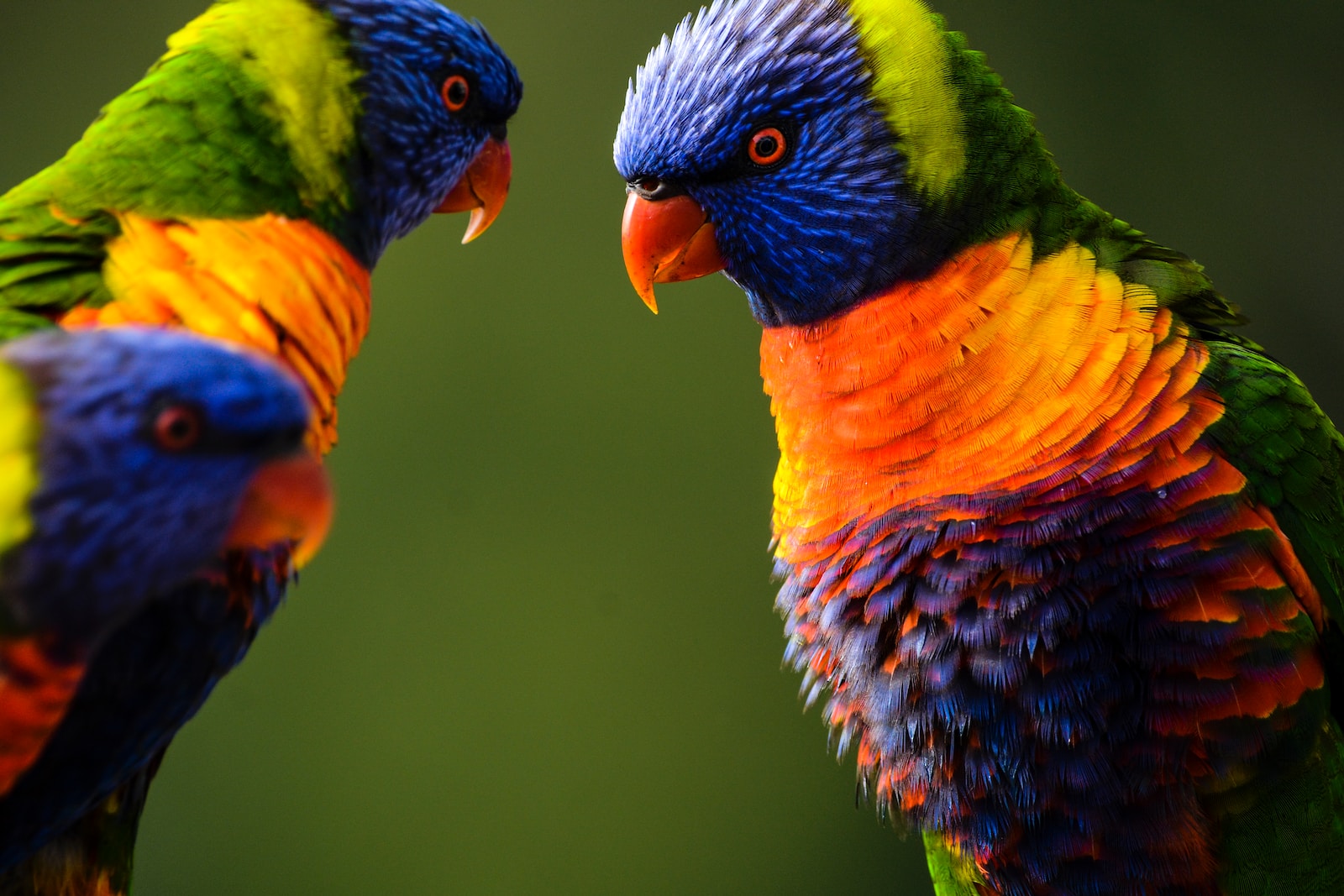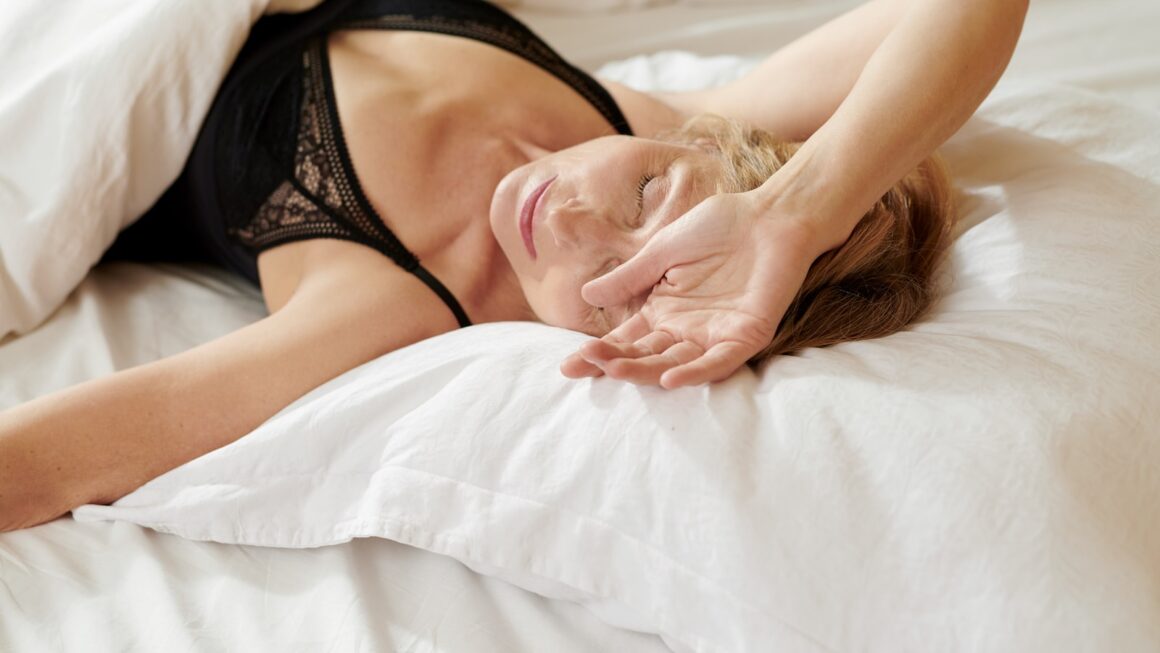If you’ve ever seen birds mate, you may have wondered how they do it. While mammals have penises, most bird species lack them. Instead, they rub their cloacas together during mating.
This allows sperm to enter the female’s cloaca, where it can be fertilized. Only 3% of male birds have penises (typically water-dwelling species), but those that do use them to penetrate their female partners.
The Male
If you’re a birder, you’ve likely noticed that male and female birds look quite different. You can often tell sex by looking at the size and shape of the beak. In general, larger beaks are male and smaller ones are female. However, color is also a good indicator. Males tend to be more vibrant and colorful, while females are duller and brownish.
Unlike most mammals, birds don’t have penises (but I’m sure they wish they did). Instead, both males and females have a single opening at the end of their digestive, excretory, and reproductive tracts called the cloaca (kloh-AYK-uh). This multi-tasking organ does a bit of everything—peeing, pooping, and laying eggs.
When a bird is ready to breed, hormonal changes cause their cloaca openings to swell slightly so they protrude from the sides of their bodies. The male mounts the female and she moves her tail feathers to the side so the cloaca of both birds touch for a few seconds in a process known as the “cloacal kiss”.
During this brief interaction, sperm is transferred from the male to the female. The sperm then travels up the female’s cloaca to her ovary where it fertilizes an egg. If the fertilization is successful, an egg forms within a few days or months depending on the species of bird.
The Female
After much elaborate courtship displays and vigils to protect their territories, males and females can finally get down to business. It might take a lot of energy for birds to find the right partner, but once they do the actual act of mating takes just six seconds.
Birds do not have penises like most mammals, but they do have an internal multi-tasking orifice called a cloaca (sometimes known as an avian vent). During mating, the male and female will both face each other and rub their cloacas together. This brief touch, called a cloacal kiss, passes the male’s sperm to the female’s cloaca where it will enter her reproductive system and fertilize an egg.
The cloaca, which is found on the base of the tail in both males and females, is not normally visible, but during breeding season it will swell to stick out slightly from the rest of the body. The cloaca is where both the male and female store sperm prior to mating and where their other reproductive organs, such as the testes and ovaries, are located.
The cloaca also serves as the passage for urine and waste from the body. That is why, in some species, the cloaca becomes erect during sex; it allows the male and female to expel their waste as they rub their cloacas together.
The Cloaca
In a break from the norm, some bird species like ducks, geese, and swans actually have penises—the male’s version of the female’s vagina. However, it’s a different animal altogether from what mammals have—it’s an appendage that extends from the cloacal wall and becomes erect with lymph rather than blood. Regardless, they still go through the same mating process of rubbing their cloacas together to transfer sperm for insemination.
Most male and female birds have a specialized opening near the base of their tail feathers called an avian vent, or cloaca (kloh-AYK-uh). It’s used for both reproduction and waste elimination. When ready to mate, the male will mount the female and arch their bodies so their cloacas touch in a brief exchange known as a “cloacal kiss.” The rubbing may last less than a second but the birds will often remain touching for several moments longer.
This rubbing stimulates the female’s hormones to increase the likelihood of insemination. If successful, the sperm will move deeper into her body where it fertilizes her eggs. After mating, the pair will either leave each other or stay together for the duration of the breeding season—and in some cases, for life. Depending on the species, birds may also engage in several sexual encounters over the course of a week to maximize their chances of successful insemination.
The Sperm
Unlike mammals, birds have no penises or vaginas. Instead, both males and females have an opening in their bodies called the cloaca that connects to their testes (in males) or ovaries (in females). When they’re ready to mate their cloacas swell up and protrude from their body. During mating, the male and female rub their cloacas together. This rubbing, known as the cloacal kiss, usually lasts only seconds. The sperm passes from the male’s cloaca to the female’s, and fertilizes the eggs inside her.
The head portion of a sperm cell contains DNA, which encodes an individual’s genetic makeup. The tail is made of protein, which helps the sperm travel to and through the reproductive tract.
When a male and female are ready to mate, hormonal changes cause their cloacas to swell and protrude from their body. The male bird mounts the female, and she moves her tail feathers to one side so their cloacas touch. The cloacal kiss, which lasts only seconds, transfers the sperm from the male’s cloaca into the female’s cloaca.
Once a sperm is transferred, it will remain alive inside the female until an egg is fertilized and the process of ovulation is complete. The fertilized eggs then begin to grow, forming a hard-shelled embryo within the female’s body. The ovary will eventually release the eggs into the world.




